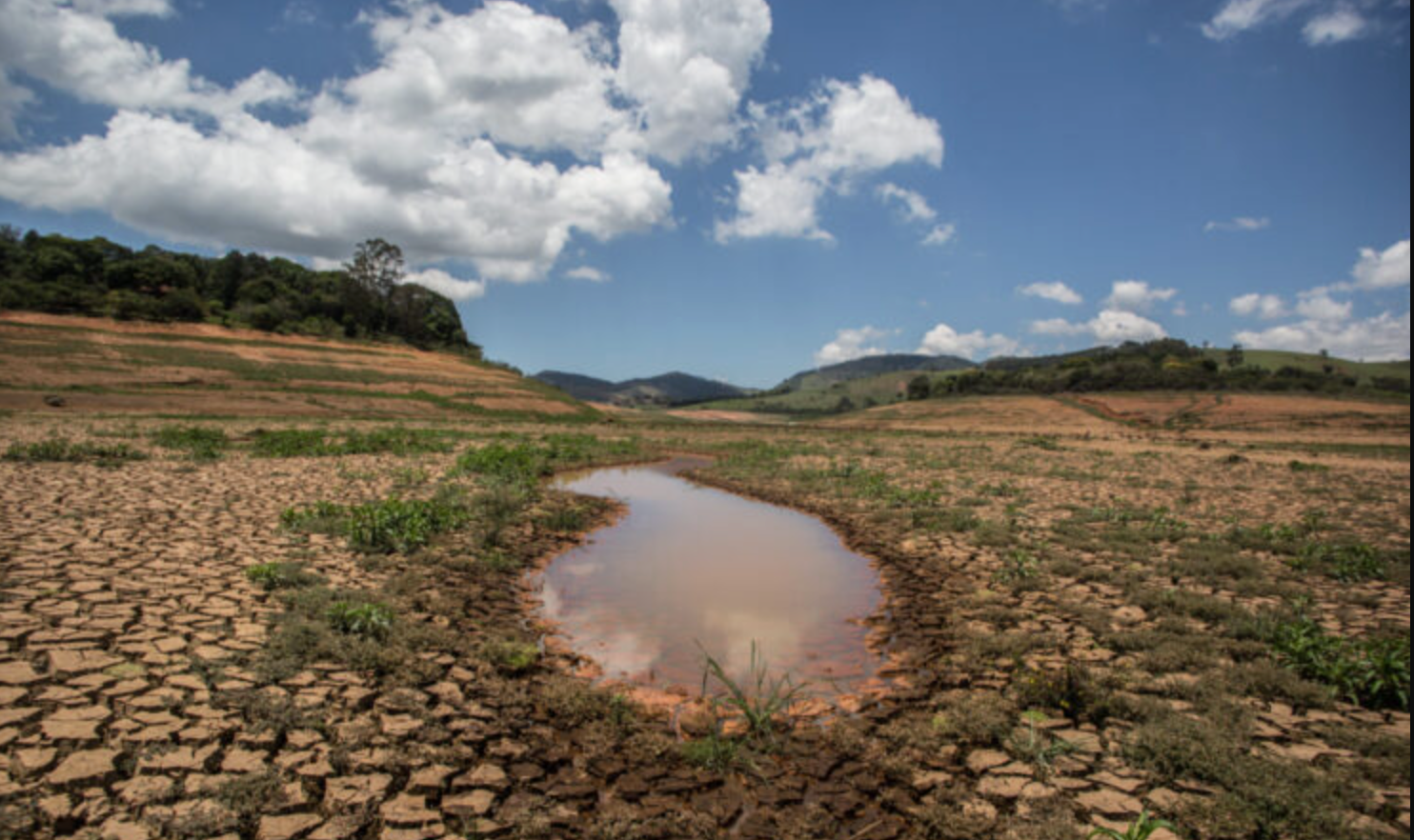The Ongoing Challenge of El Niño
El Niño, characterized by the warming of the tropical Pacific Ocean, poses a recurring yet unpredictable challenge for Central America and the Caribbean. This global climate phenomenon significantly alters regional weather patterns causing disruptions in various sectors. During El Niño years regular rainy seasons may weaken, leading to prolonged droughts that strain water resources and agricultural output. On the other hand, it can also result in rainfall causing floods and soil erosion that harm crops and infrastructure. These drastic changes also complicate long-term planning and sustainability efforts for farming communities.
The frequency and severity of El Niño events may be on the rise due to climate change, particularly warmer sea surface temperatures. This exacerbates the vulnerability of socio-environmental systems that already face issues like water scarcity. The ability to forecast these events and their potential consequences remains limited making it challenging for governments and farmers to prepare adequately. This uncertainty underscores the importance of implementing strategies that can adjust to changing circumstances while safeguarding the well-being and food security of the populace.
The economic and social effects of El Niño are significant and extensive. In farming areas, unpredictable weather patterns can result in crop failures impacting farmers’ earnings and causing a rise in food prices locally. This price hike disproportionately affects people who allocate a sizable portion of their income to food expenses thereby worsening food insecurity and poverty.
Apart from agriculture, the repercussions of El Niño may spread across sectors. This may have implications for water availability for households and industries, such as the energy sector, where hydroelectric power production may be hindered by decreased rainfall. For instance, in Panama, dwindling water levels in the Panama Canal watershed during dry spells can limit ship traffic flow, directly affecting a revenue source for the country and triggering disruptions in global trade (Tandon, 2024).
The secondary effects are equally grave. Food insecurity can lead to malnutrition issues among children with lasting impacts on health and growth. Moreover, dealing with increasingly severe weather occurrences can have effects on communities contributing to social unrest. Education might suffer disruptions as families prioritize survival needs over long-term advantages, like schooling, further impacting economic opportunities.
The socioeconomic impacts highlight the pressing need for strategies that tackle both the short and long-term consequences of El Niño. Effective responses necessitate cooperation across sectors and boundaries to bolster resilience and safeguard vulnerable communities from the severe effects of this complex climatic event.
Current Policy Responses and their Challenges
In Barbados, despite implementing training initiatives for farmers on climate practices, the country still requires extensive implementation on a larger scale, coupled with integration into water resource management policies. Emphasis should be placed on enhancing infrastructure and technology to store water efficiently during surplus periods and distribute it effectively during droughts.
Jamaica’s response to El Niño involves the promotion of drought crops and efficient irrigation methods like drip irrigation. However, establishing a long-term policy that encompasses all aspects of climate change adaptation remains a hurdle. Efforts should concentrate on developing infrastructure that does not only address El Niño but also mitigates broader climate change impacts.
Panama has faced severe droughts impacting its agricultural sector as well as the functioning of the Panama Canal, which is vital for global trade. In response, the government has been working on improving water resource management and enhancing methods to cope with changing weather conditions. Despite these initiatives, there is still a need for strategies that merge climate adaptation with economic planning to ensure sustainability and resilience in dealing with recurring El Niño events.
In Trinidad and Tobago, the energy sector has been the primary focus of the twin-island state, and this has been coupled with the declining significance of agriculture and its contribution towards the gross domestic product (GDP). This highlights the necessity for a revamped approach that prioritizes sustainability and climate resilience in anticipation of El Niño occurrences, especially within the agricultural sector.
Towards a Coordinated Regional Approach
The severe impacts of El Niño across Central America and the Caribbean call for a united approach that goes beyond individual national actions. Such an approach should be multifaceted, concentrating on reinforcing resilience, improving water resource management and enhancing disaster preparedness and response capabilities.
A key aspect of this approach should involve integrating climate adaptation into strategies. By creating regional guidelines that embrace climate-smart farming techniques, like drought-resistant crop varieties and advanced irrigation methods, the region can better endure unpredictable weather patterns. The following are recommendations for a more resilient agricultural sector.
Infrastructure Upgrades. To maintain agricultural productivity, it is necessary to invest in climate-resilient infrastructure. This may include enhanced flood defenses, improvements to rainwater harvesting systems and the development of transportation networks to ensure the efficient movement of agricultural goods. Furthermore, enhancing the capacity of water management systems to store and distribute water efficiently will be crucial during periods of shortage.
Collaboration and Technology. A data-sharing platform can aid in better preparation for El Niño events. This platform should be utilized to share real-time data regarding weather patterns, crop yields, and water levels among countries. Leveraging technologies like satellite imagery and AI for analytics can enhance the accuracy of weather forecasts and agricultural planning significantly. The response to the challenges associated with El Niño events requires action involving diverse stakeholders. Cooperation should extend beyond government agencies to include non-governmental organizations, international donors, civil society, scientific communities, and the private sector.
Governance. Governments across the region need to engage in dialogue and collaboration, setting aside differences to address common environmental and economic threats. Policymakers should facilitate an environment for resource sharing, expertise exchange and cross-border initiatives aimed at addressing El Niño impacts.
International and Regional Organizations. Entities like the Food and Agricultural Organization, the World Bank and regional development banks play roles in offering financial assistance. These organizations can drive large-scale projects and initiatives ranging from funding climate studies to facilitating the adoption of technologies.
Community and Local Engagement. It is essential to involve communities at the core of El Niño readiness plans. Empowering farmers and community groups through education, training and resources for implementing agricultural methods will ensure grassroots resilience. Public outreach campaigns can raise awareness among populations about El Niño and its impacts encouraging community-led preparedness efforts.
Private Sector Involvement. The private sector, comprising agribusinesses and technology companies can introduce innovations in seeds, farming tools and water conservation practices. Collaboration with the private sector can secure investments for researching technologies that enhance resilience to climate fluctuations.
Conclusion
Although El Niño presents challenges, it also offers an opportunity to enhance resilience through innovation and collaboration. By embracing an approach based on evidence, Central America and the Caribbean can mitigate against the negative impacts of El Niño and progress towards a more sustainable future for regional agriculture.
Policies need to be flexible, inclusive and strong to adjust to the changing climate and economic shifts in our region.
*Chaya La Pierre and Zuhelen Padilla-Barrera are co-authors of this article.















